
Flowers & Herbs
Sowing, propagating and harvesting comfrey
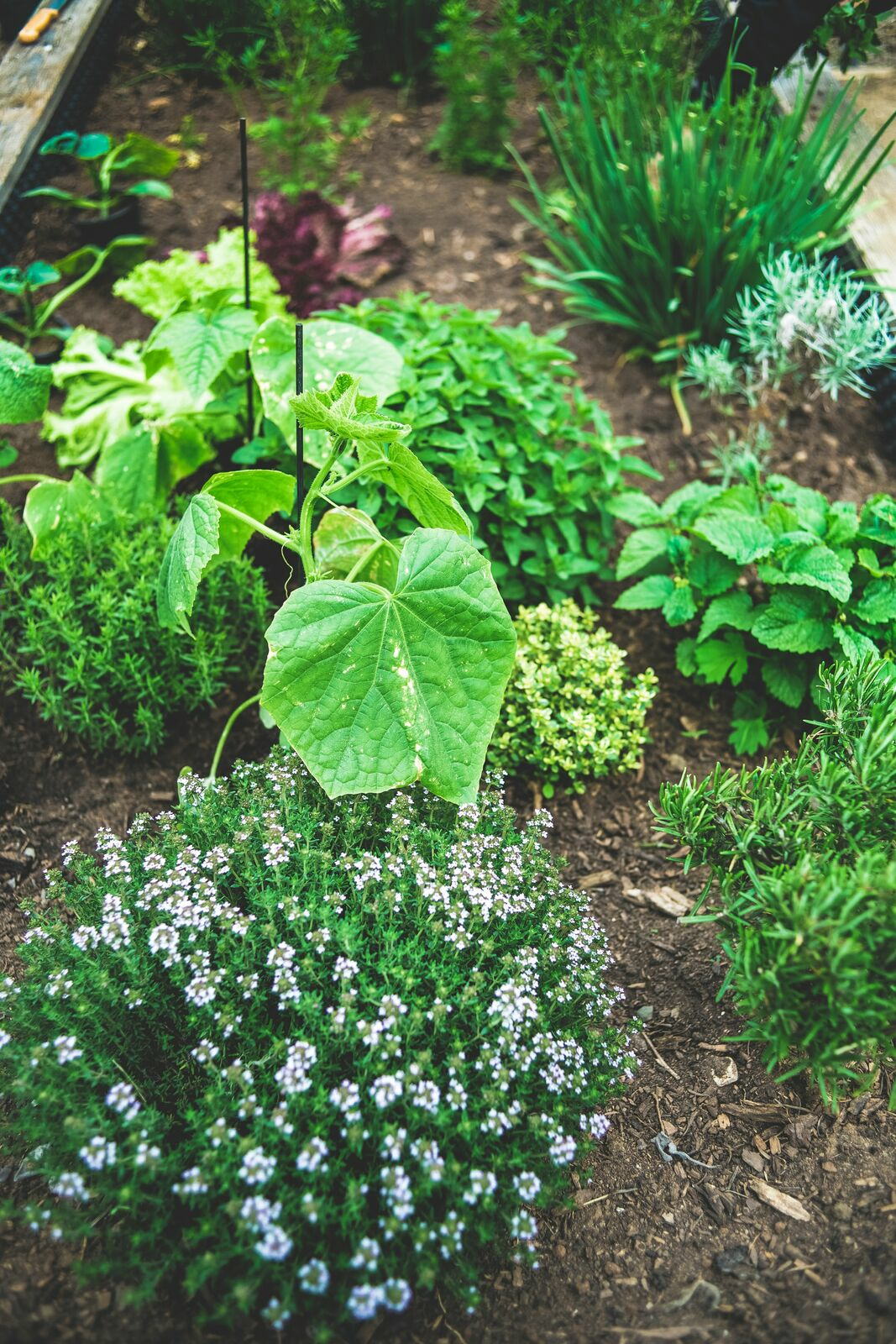
Kitchen herbs make it easy to close gaps in the vegetable patch and benefit from positive mixed cultivation effects. Here you can find out what location requirements culinary herbs have and what makes a good neighbor for chives, parsley, basil and co. in the vegetable patch. We have also put together a table to give you an overview of good neighbors in mixed cultivation.
Herbs can be a great addition to the vegetable patch. The substances that we perceive through smell and taste also make a decisive difference in mixed cultivation. Herbs in the vegetable patch can ensure that vegetables are particularly tasty, attract beneficial insects and keep so-called pests away. In addition, herbs usually take up little space and are therefore ideal for filling gaps in the vegetable patch.
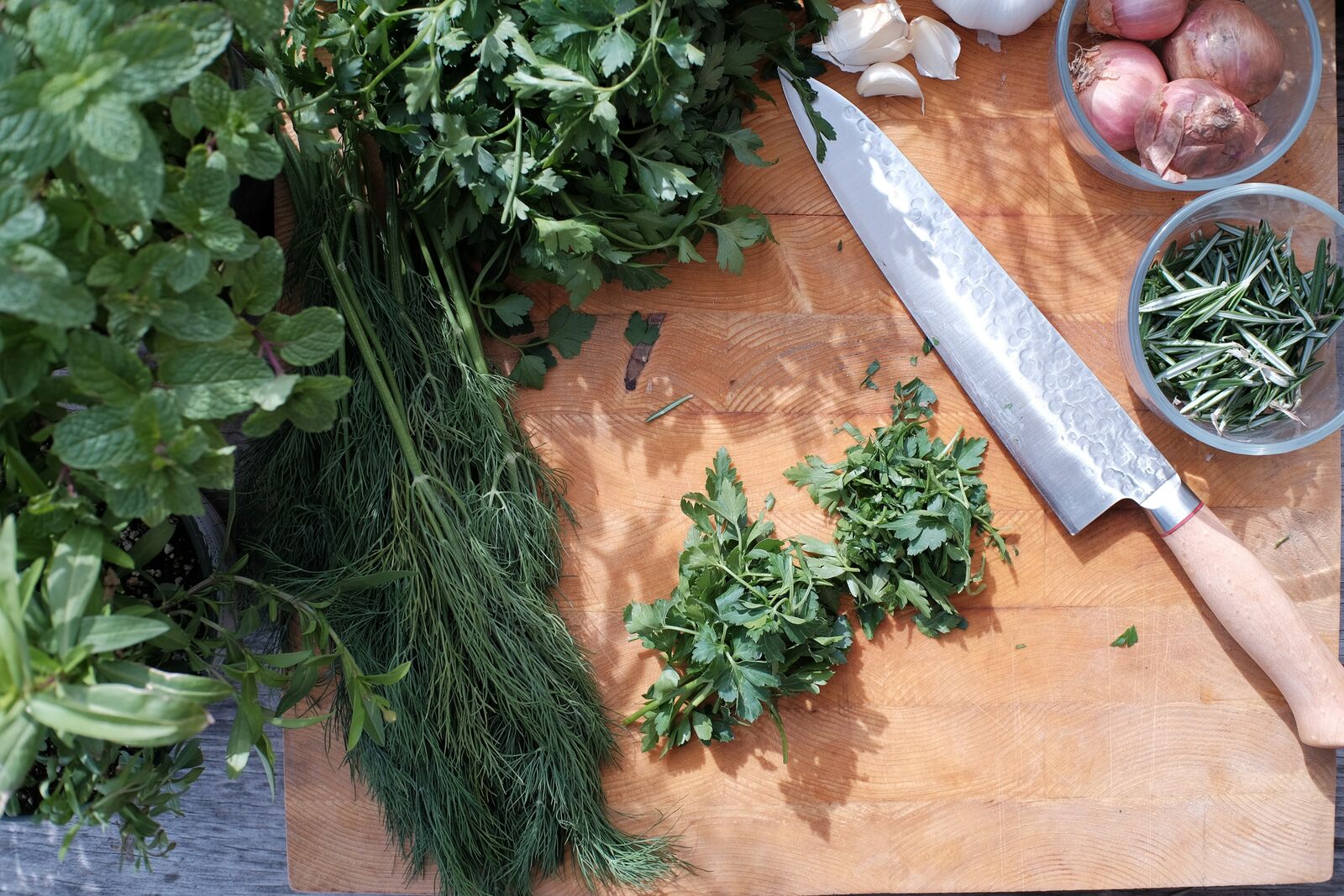
Aromatic herbs, medicinal herbs, fragrant herbs, culinary herbs - all these names reflect the special nature of these plants. Botanically speaking, herbs are plants whose above-ground shoots are not or barely woody. Many herbs are annuals and die towards the end of the growing season. In contrast, there are biennial or perennial herbs (herbaceous perennials). These plants overwinter with renewal buds lying close to the ground or underground and can therefore sprout again the following year.
Apart from this definition, we associate herbs in particular with their fragrance and aroma - they are irreplaceable in the kitchen. However, the boundaries between aromatic herbs, medicinal herbs and culinary herbs are blurred. There are certain herbs that are cultivated for their healing powers and for medicinal purposes. However, fresh culinary herbs from your garden are always rich in valuable ingredients whose health-promoting effects you can take advantage of. The spectrum ranges from antibacterial, anti-rheumatic and expectorant to calming or digestive effects. The right preparation and dose are important. First of all, however, you can simply enjoy the freshness and flavor, and the good ingredients are there when you eat them.
When combining herbs and vegetables, the same principles apply as always in mixed cultivation:
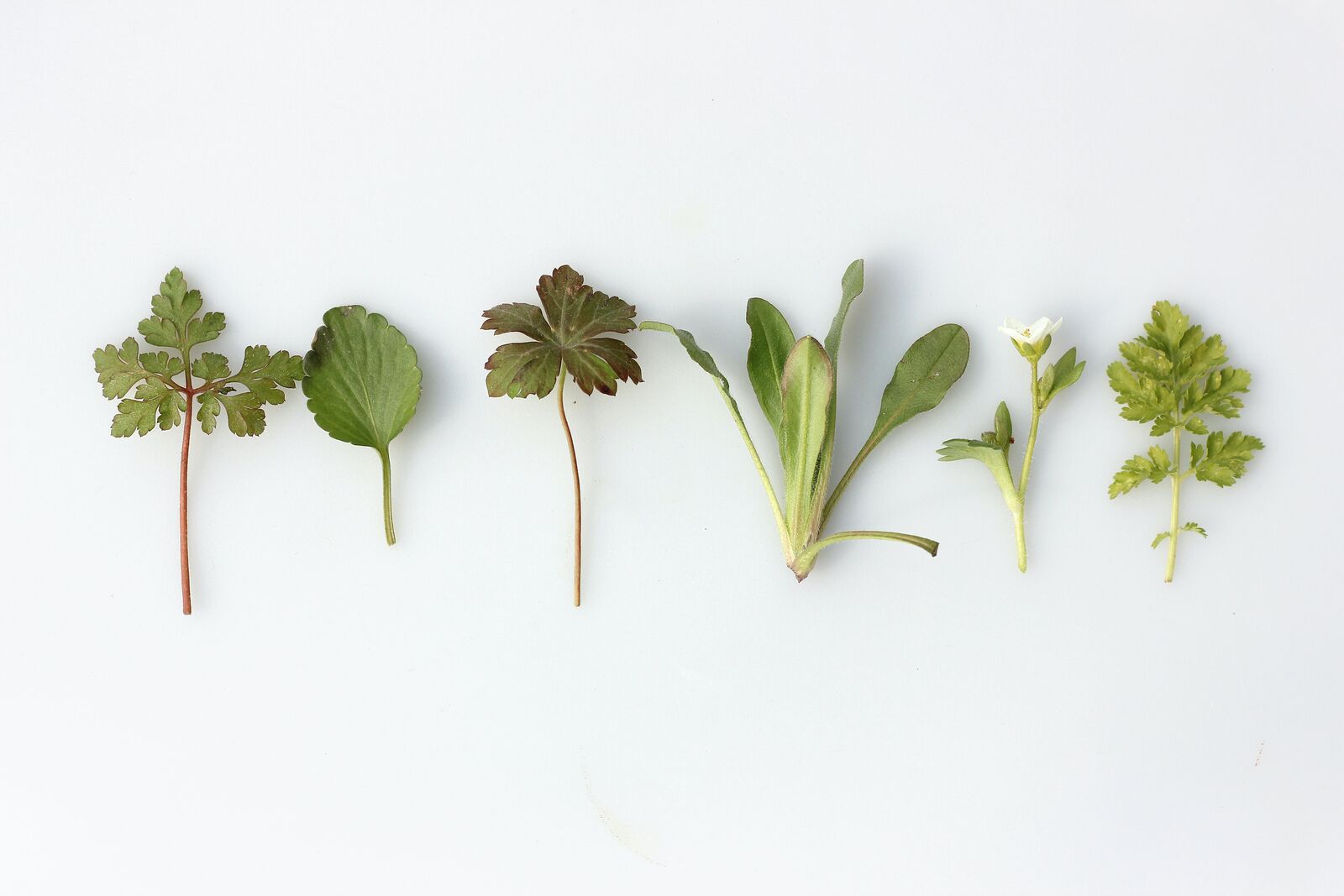
When growing culinary herbs, you should of course also consider the requirements and origin of the plants.
Here we present a few examples of the best-known culinary herbs with their good and bad neighbors. However, the following is about mixed vegetable-herb cultures. If you are interested in which herbs go well together, please read our article on this. There you will also find a table with good and bad neighbors for herbs.
Location: Even though we primarily associate basil (Ocimum basilicum) with Italy today, the plant originally comes from India. It grows best in the sunniest spot in your garden in nutritious, well-drained soil. In mixed cultivation, basil is effective against mildew, whitefly and cabbage whitefly infestation and attracts pollinating insects.
Good neighbors: bell pepper, cabbage, chili, cucumber, fennel, pumpkin, tomato, zucchini.
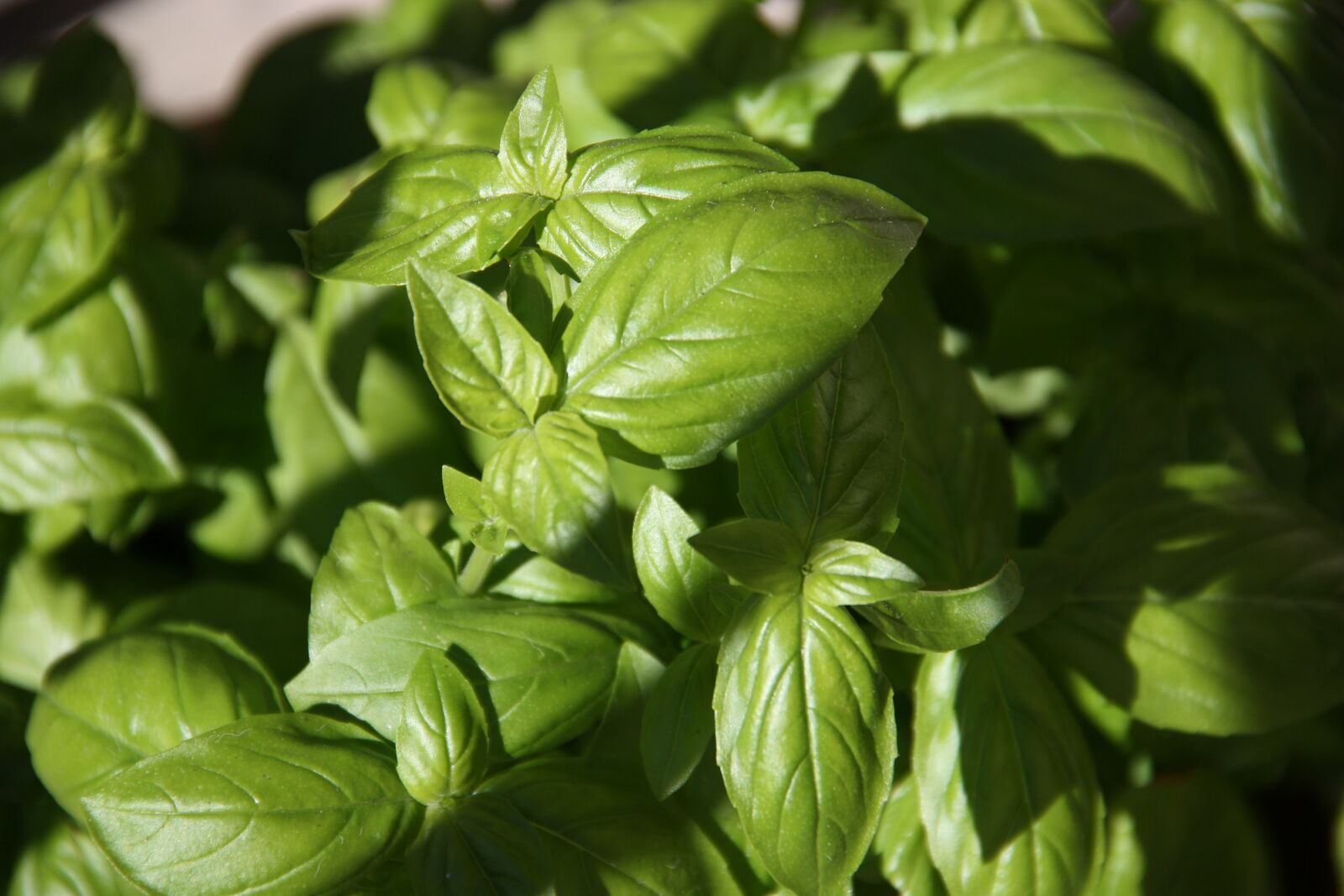

With our bed planner, you can easily plan a colourful mixed crop. Good and bad neighbours are displayed directly and you get tips on crop rotation and crop rotation!
Plan a bed nowLocation: As a typical Mediterranean plant, rosemary (Rosmarinus officinalis) is best planted in a sunny spot in your garden. Poor, humus-rich, well-drained soil is best.
Good neighbors: Carrots
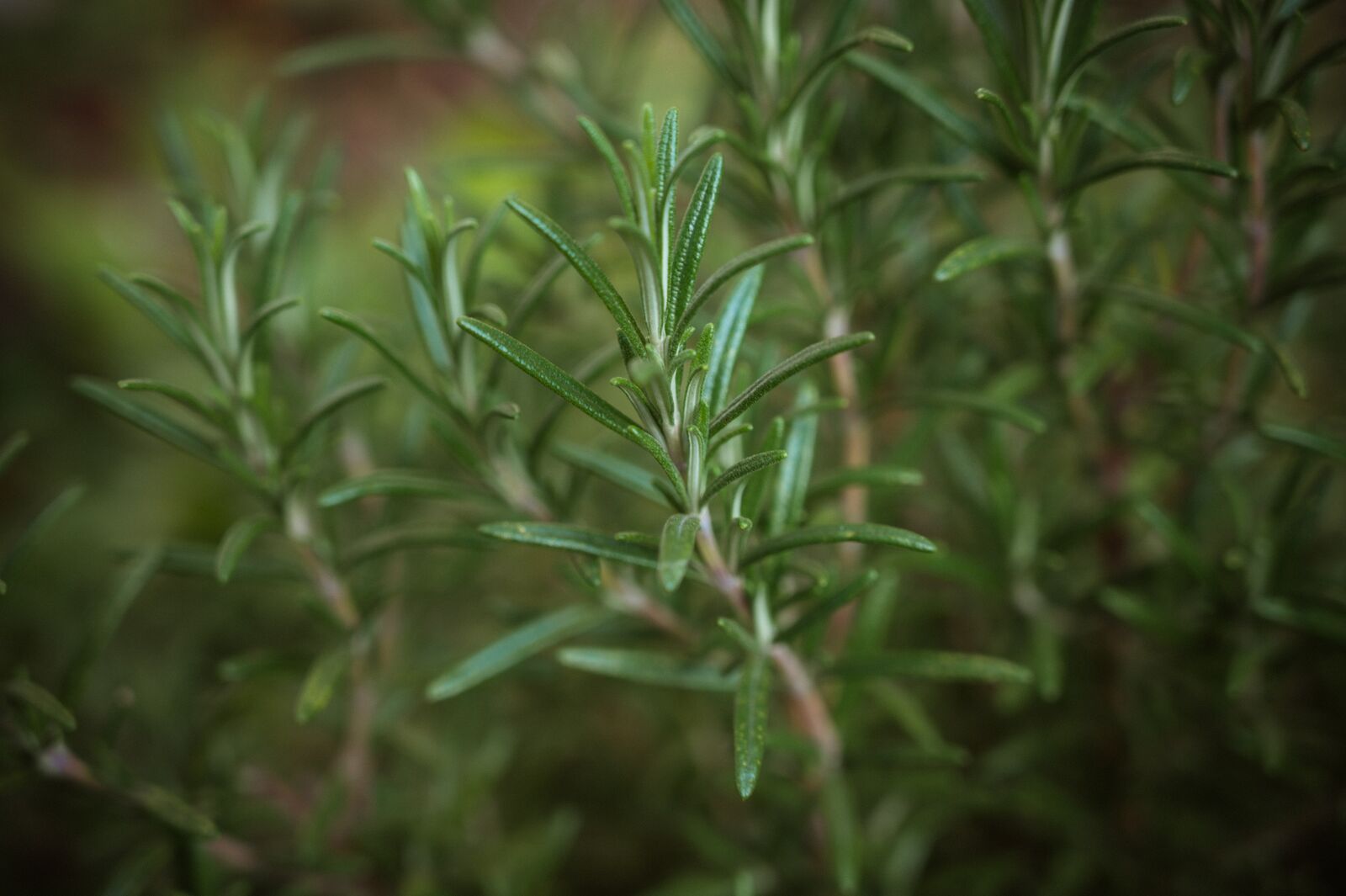
Location: Thyme (Thymus vulgaris) should also be planted in a sunny, sheltered location. The herb likes well-drained, loose, calcareous soil.
Good neighbors: Brussels sprouts, Chinese cabbage, broccoli, carrots, cauliflower, chilli, horseradish, kohlrabi, pak choi, palm kale, peppers, savoy cabbage, white cabbage.
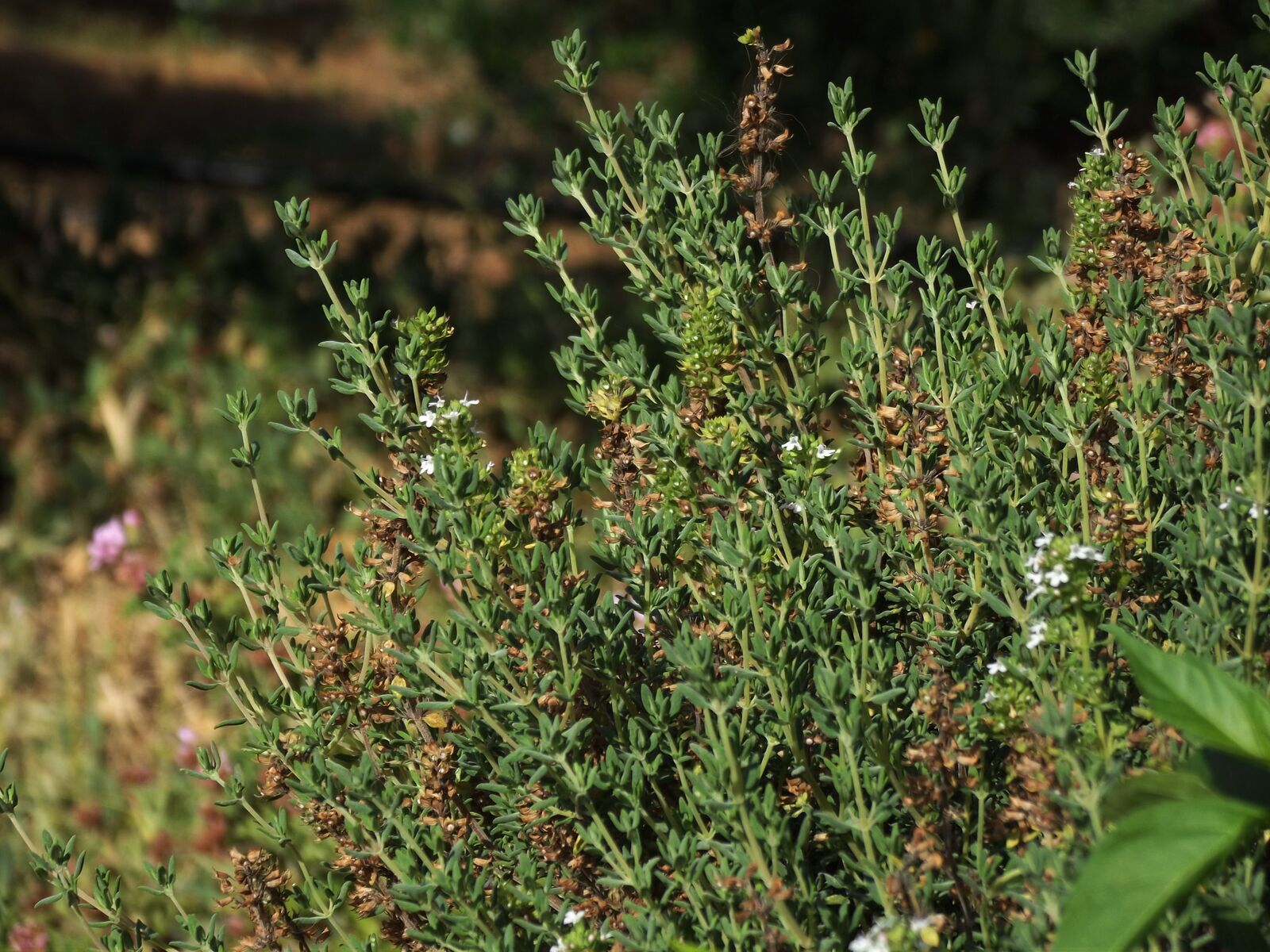
Location: Borage (Borago officinalis) with its rough leaves is best planted in a sunny spot with nutritious, fresh to moist soil.
Good neighbors: brussels sprouts, chinese cabbage, bell pepper, bush bean, cauliflower, chili, cucumber, field bean, garden lettuce, head cabbage, kale, kohlrabi, pak choi, palm cabbage, pea, potato, radicchio, runner bean, savoy cabbage, white cabbage, zucchini.
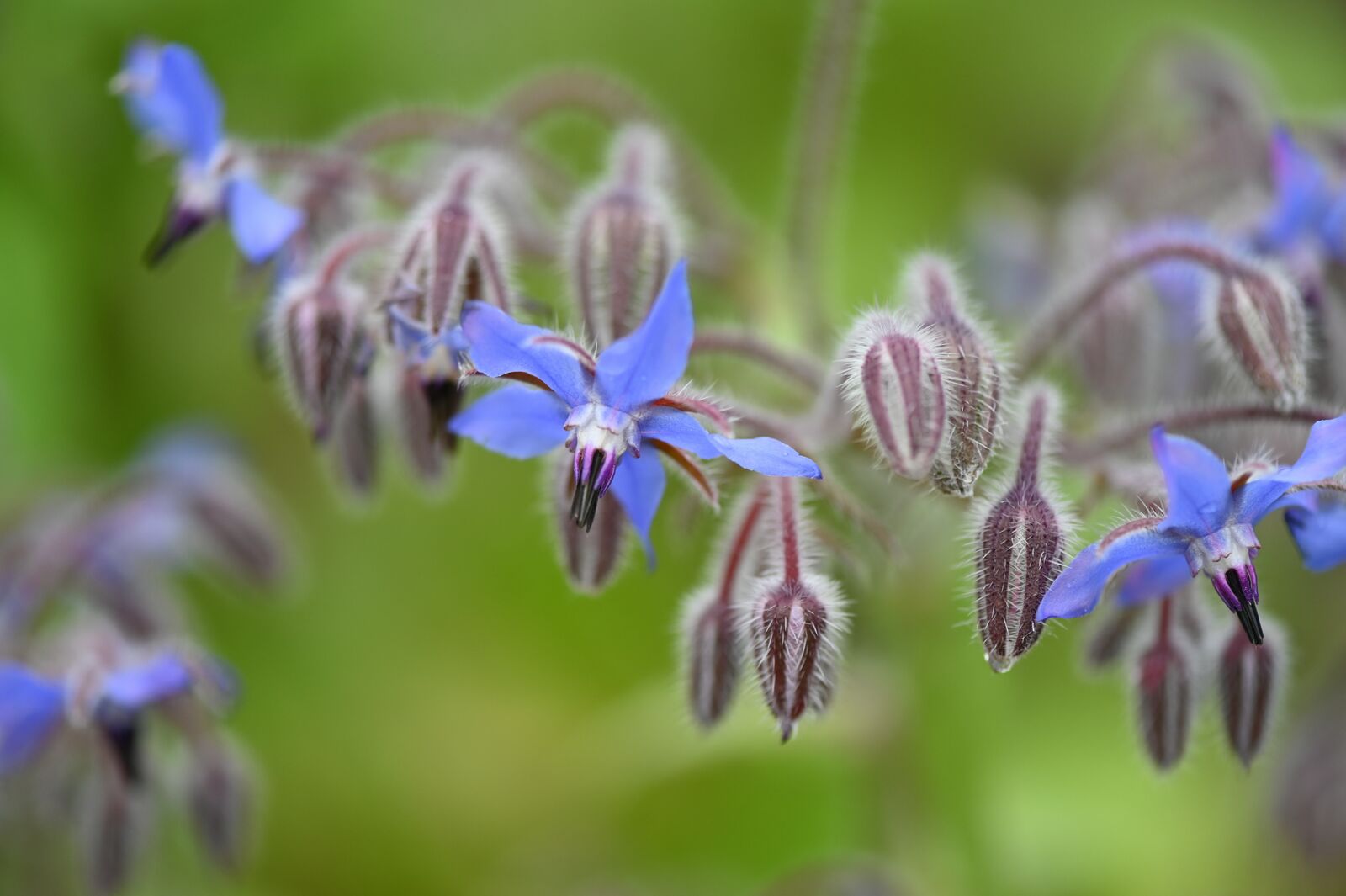
Location: Chives (Allium schoenoprasum) grow in sunny to semi-shady locations with nutritious, not too moist soil.
Good neighbors: bulbous fennel, cabbage, carrots, celery, kohlrabi, parsnip, radicchio, spinach, tomatoes, white cabbage.
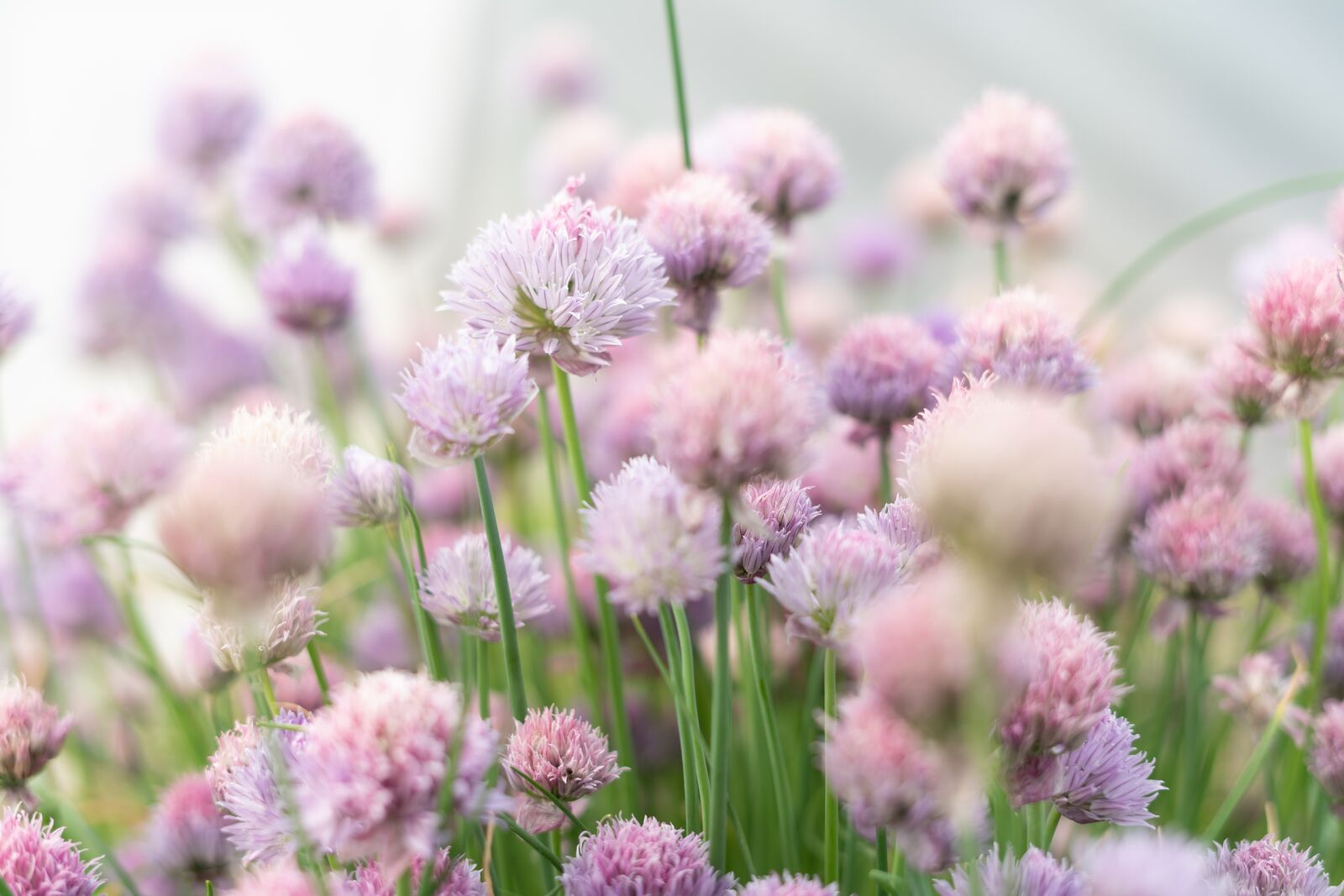
Location: Mint (Mentha spec.) thrives best in sunny to semi-shady locations. Nutritious, moist soil is best for the plant. If you would like to find out more about different types of mint , you can read the article on this subject. In mixed cultivation, mint should ideally be planted with a root barrier, otherwise the plant will spread by itself in the bed.
Good neighbors: brussels sprouts, chinese cabbage, broccoli, cauliflower, garden lettuce, kale, kohlrabi, pak choi, palm kale, potato, savoy cabbage, tomato, white cabbage.

Location: Garden dill (Anethum graveolens) grows in deep, nutritious, fresh soil in sunny locations. Dill produces a better aroma in mixed cultivation with root vegetables as a positive effect.
Good neighbors: brussels sprouts, chinese cabbage, asparagus, bean, beet, bell pepper, broccoli, burke, carrot, cauliflower, chilli, garden salad, kale, kohlrabi, onions, pak choi, palm cabbage, pea, radicchio, rutabaga, savoy cabbage, spring onion, turnip, white cabbage.
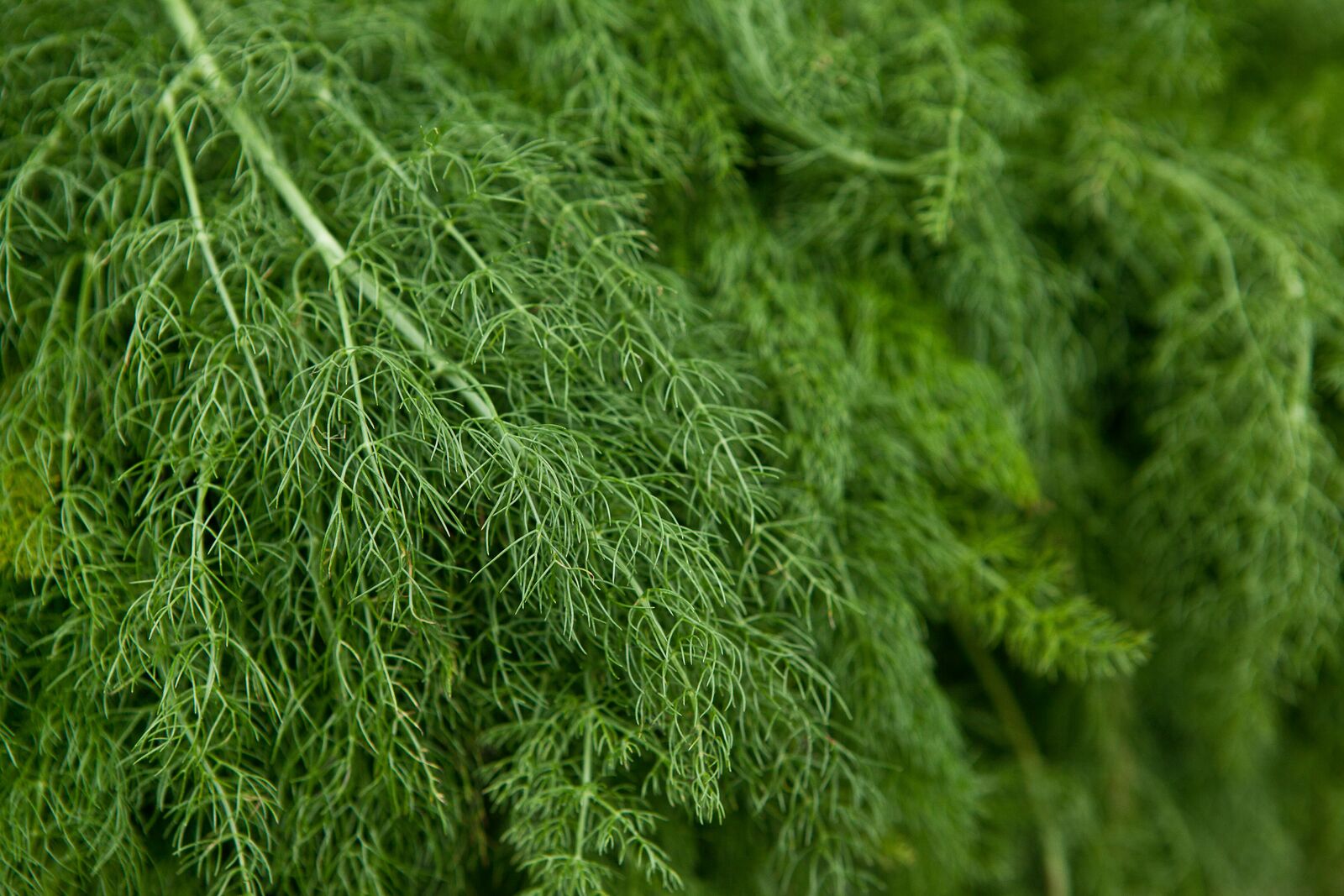
Location: Parsley (Petroselinum crispum) is the number one culinary herb. It grows well in semi-shady locations in humus-rich, moist soil. You should plant parsley in a different place in the bed every year because it is incompatible with itself. In mixed cultivation, parsley repels various pests.
Good neighbors: asparagus, bell pepper, chilli, cucumber, kale, onion, palm kale, spring onion, tomato.
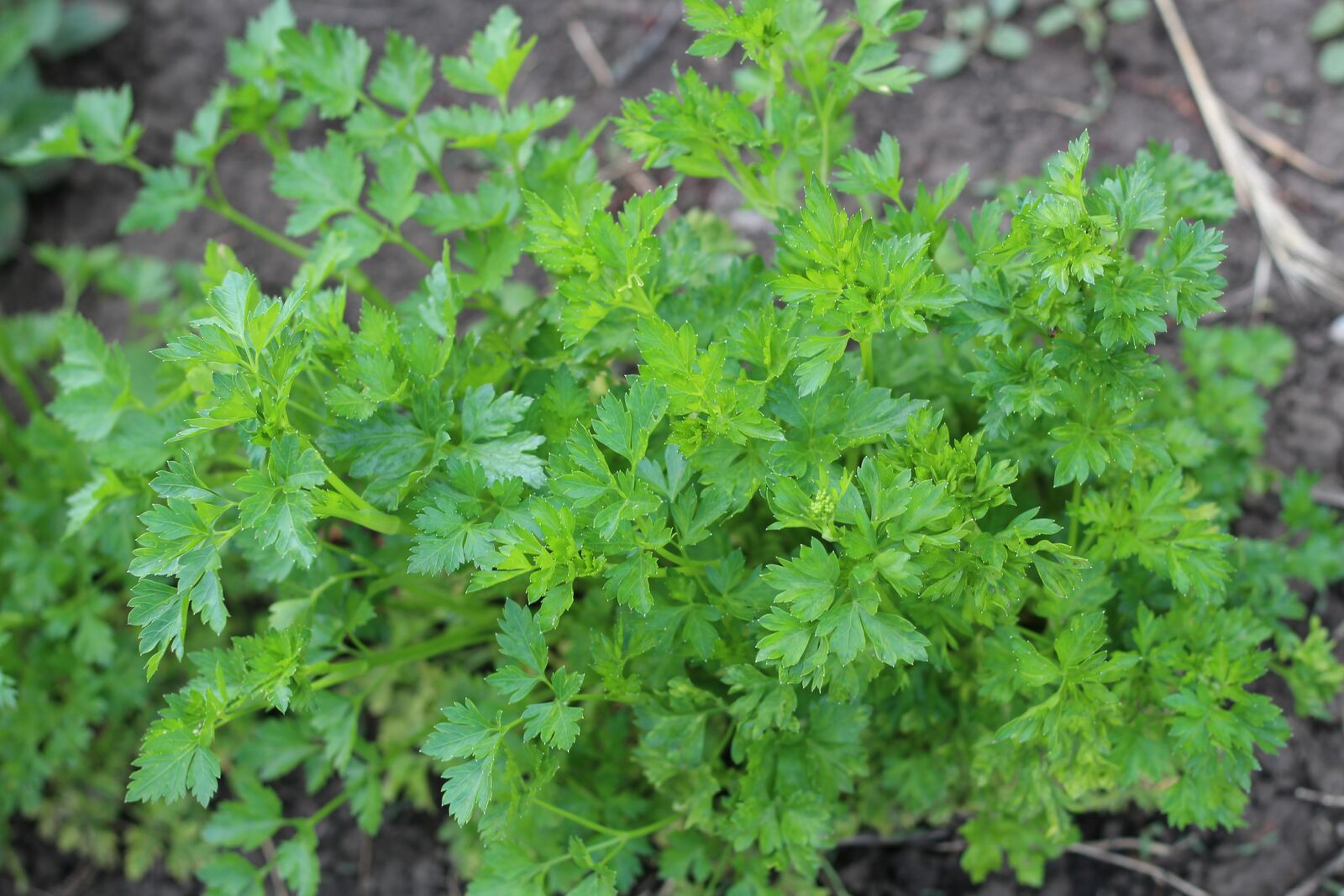
Location: Lavender (Lavandula angustifolia) should be planted in sunny locations with well-drained, calcareous, dry soil. The plant works in mixed cultivation by repelling ants and attracting pollinating insects. You can plant it as a border.
Good neighbors: peppers, chili

| Herb | Good neighbors |
|---|---|
| Basil | bell pepper, cabbage, chili, cucumber, fennel, pumpkin, tomato, zucchini |
| Rosemary | Carrots |
| Thyme | Brussels sprouts, Chinese cabbage, broccoli, carrots, cauliflower, chilli, horseradish, kohlrabi, pak choi, palm kale, peppers, savoy cabbage, white cabbag |
| Borage | brussels sprouts, chinese cabbage, bell pepper, bush bean, cauliflower, chili, cucumber, field bean, garden lettuce, head cabbage, kale, kohlrabi, pak choi, palm cabbage, pea, potato, radicchio, runner bean, savoy cabbage, white cabbage, zucchini |
| Chives | bulbous fennel, cabbage, carrots, celery, kohlrabi, parsnip, radicchio, spinach, tomatoes, white cabbage |
| Mint | brussels sprouts, chinese cabbage, broccoli, cauliflower, garden lettuce, kale, kohlrabi, pak choi, palm kale, potato, savoy cabbage, tomato, white cabbage |
| Dill | brussels sprouts, chinese cabbage, asparagus, bean, beet, bell pepper, broccoli, burke, carrot, cauliflower, chilli, garden salad, kale, kohlrabi, onions, pak choi, palm cabbage, pea, radicchio, rutabaga, savoy cabbage, spring onion, turnip, white cabbage |
| Parsley | asparagus, bell pepper, chilli, cucumber, kale, onion, palm kale, spring onion, tomato |
| Lavender | peppers, chili |
For inspiration, you can find a few planting plans with vegetables and herbs here. Your diverse mixed crop is sure to succeed!
Do you want to get helpful gardening tips all year round and plan your own beds in the best possible way? Then register here or download the Fryd app for Android or iOS download.
Fryd - your digital bed planner
Cover image: Photo by Markus Spiske on Unsplash

Emilie is studying agricultural sciences at the University of Hohenheim. She finds it fascinating how closely nutrition and health are connected and exciting which wild plants you can eat.
Learn more
Liked 1 times
Time for daily hardening off 😎 Soon we can transplant. I have @zucchini @cucumber @thaibirdseye-82638 and various tomatoes growing.


Hi guys, could this be a baby tiger snail?

Please help! My hibiscus is breaking 😢
Why should you plant herbs in the vegetable patch?
Herbs in the vegetable patch attract beneficial insects, keep pests away, can improve the taste of vegetables and take up little space.
Which herbs go well with basil in a mixed culture?
Good neighbors for basil are chili, fennel, cucumber, cabbage, pumpkin, bell pepper, tomato and zucchini.
Can rosemary be grown in a mixed crop and if so, with which vegetables?
Rosemary is suitable for mixed cultivation, especially with carrots as neighbors.
What are good neighbors for parsley in the vegetable patch?
Parsley goes well with chili, spring onion, kale, cucumber, palm kale, bell pepper, asparagus, tomato and onion.
Which vegetables are suitable neighbors for chives?
Chives are compatible with fennel, cabbage, kohlrabi, carrots, parsnip, radicchio, celery, spinach, tomatoes and white cabbage.